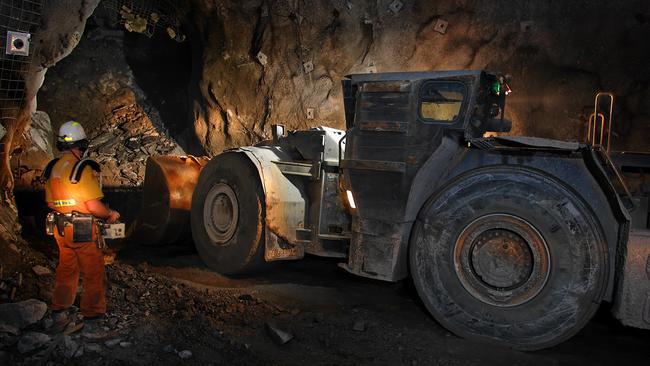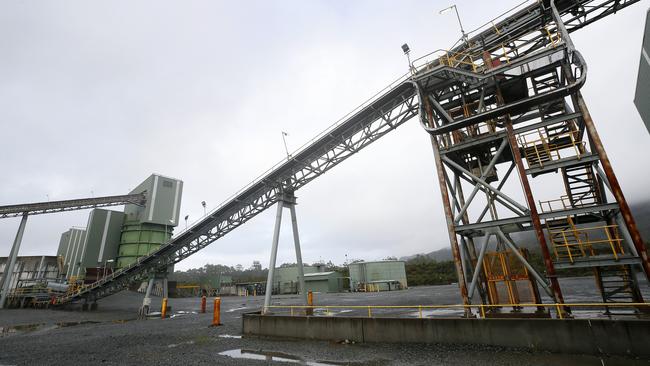West Coast Tasmania: Mayor Shane Pitt wants 30p.c. cut of local mining royalties
Shane Pitt says his people live in the most “disadvantaged local government area in Tasmania,” calling for a greater share in profits generated from mining, aquaculture and renewable energy.

Tasmania
Don't miss out on the headlines from Tasmania. Followed categories will be added to My News.
The mayor of Tasmania’s West Coast Council says the “intergenerational disadvantage” faced by people from his region is a conscious policy choice that will be perpetuated unless a “more equitable way of funding” local government is found.
Mayor Shane Pitt, summarising his council’s submission to the ongoing Future of Local Government, said that the West Coast “is one of the wealthiest places in Tasmania... yet it remains the most disadvantaged local government area”.
Mr Pitt called for 30 per cent of revenue from sources such as mining royalties, Hydro Tasmania dividends and aquaculture licensing fees, to flow into council’s coffers – “back to the community where the revenue is generated”.
According to council figures, an estimated $35m of royalties are generated for the state government from West Coast mines each year.
Failing that, “Removing the exemption from rates for Hydro Tasmania... would be an improvement in viability,” Mr Pitt said.
It’s understood that council believes as much as $1m per annum could be recouped under this latter course.

Other actions Mr Pitt believes could improve his council’s viability and allow it to spend more on its people include farming off functions to other organisations well-placed to provide them – such as TasWater taking over stormwater management – and expanding his council’s boundaries.
“For the West Coast, a community of interest, should see the boundaries of the municipality expanded further to Derwent Bridge in the south, Cradle Mountain in the east and Corrina in the north [to] create a mining and wilderness community in Western Tasmania,” he said.
Mr Pitt said the region’s struggles had become existential.

“Unless the board wishes intergenerational disadvantage to continue in remote areas like the West Coast, a new, more equitable way of funding must be found,” Mr Pitt said.
“The West Coast is one of the wealthiest places in Tasmania, providing hundreds of millions of dollars in direct revenue to the state government, providing jobs to the region and a large chunk of the state’s exports, yet it remains the most disadvantaged local government area in Tasmania.
“Without a new arrangement, continued reliance on rates based on property values will perpetuate disadvantage in the poorest areas of Tasmania.”

A government spokesman said they were attuned to the needs of the region and this was evidenced by the signing of a Strategic Regional Partnership with the West Coast last year – the first region to be signed up.
The 20-year partnerships will “identify local challenges and support a long-term framework and regional direction for planning, investment and land use within the area,” Premier Jeremy Rockliff previously said.
“The partnerships focus on practical solutions that address regional needs and growth, and bring together key decision makers from all levels of government, business, community and industry in the region.”
A Hydro Tasmania spokeswoman denied that the utility was “exempt” from rates.
“Government business enterprises pay rates through a process governed by the Tasmanian Government,” she said.
“In 2021–22, Hydro Tasmania paid $4.9m in ‘rates equivalent’. This is a statewide figure calculated by the Department of Treasury and Finance.”
She said the utility was in “active discussions” with the community regarding how best to “invest” in four key areas in the West Coast: infrastructure, housing, services, and local economic development.
More Coverage
Originally published as West Coast Tasmania: Mayor Shane Pitt wants 30p.c. cut of local mining royalties





